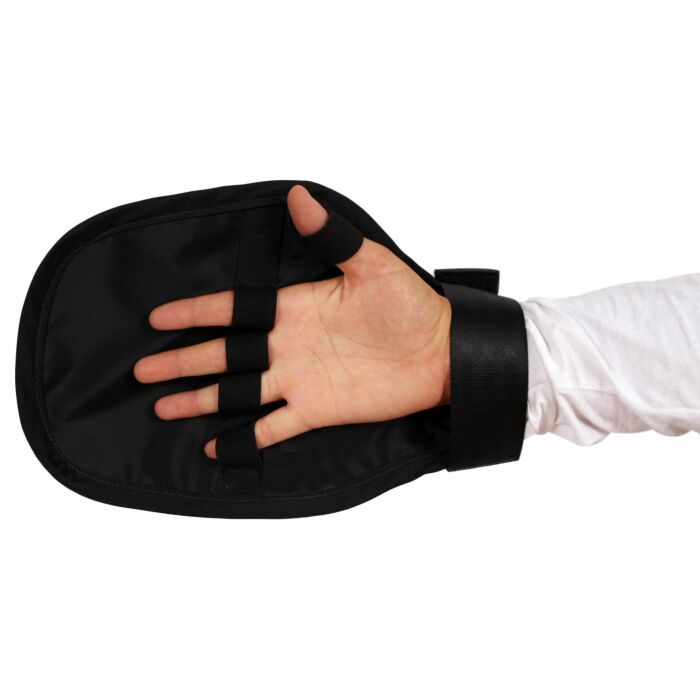Radiography is vital to the best practice of veterinary medicine because it enables the understanding and diagnosis of and informs the treatment of a variety of health issues. Accompanying these benefits, however, are risk factors associated with radiation exposure, which every veterinary professional should take seriously.
Veterinary technicians are particularly at risk, as they are typically responsible for capturing X-ray images, or radiographs, of their animal patients. They need to carefully position the animal to obtain an accurate image, often needing to secure a squirming patient to get the best image. Lead gloves protect the holder from scatter radiation. Even when an animal is sedated and positioning devices are used, X-rays still scatter in all directions. Effective radiation safety requires a commitment from veterinarians and veterinary technicians, as well as any other personnel who work in proximity to radiology equipment because even small doses add up. It’s very important to wear lead aprons, thyroid collars, glasses and gloves anytime you have to hold an animal for an x-ray examination.
For a veterinary technician, obtaining a radiograph is a routine assignment, and the cumulative effects of daily exposure to small amounts of radiation are a serious concern. Well-documented evidence states that radiation exposure has long-term health consequences. Radiation safety philosophy is based on the conservative assumption that radiation dose and its biological effects on living tissues are modeled by a relationship known as the linear hypothesis. Simply put, every radiation dose of any magnitude can produce some level of detrimental effects that may include increased risk of genetic mutations and cancer. So you can’t take radiation exposure lightly.
Lower the dose with the ALARA principle
Steps can be taken to ensure that doses are as low as reasonably achievable. The ALARA (as low as reasonably achievable) principle aims to lower radiation doses in the workplace by leveraging practical, cost-effective measures. To maintain doses as low as reasonably achievable, veterinary staff should follow three simple safety principles:1
Consider lower-dose digital imaging
One way to reduce radiation exposure is to replace older, film-based X-ray equipment with a digital radiography system. Compared to conventional X-ray equipment, digital imaging provides sharper, higher-resolution images with less radiation exposure. Digital radiography isn’t new, but it has advanced considerably in recent years. Manufacturers are working to lower the radiation dose veterinary professionals and patients receive through solutions such as new lower-dose veterinary radiography systems. These systems enable low-dose radiation image capture without sacrificing clear, high-quality images.
Visit the Veterinary Category on our website to see all the supplies and accessories that Z&Z has to offer. If you live in Iowa or are close by, visit our wide array of Veterinary X-Ray Equipment.

